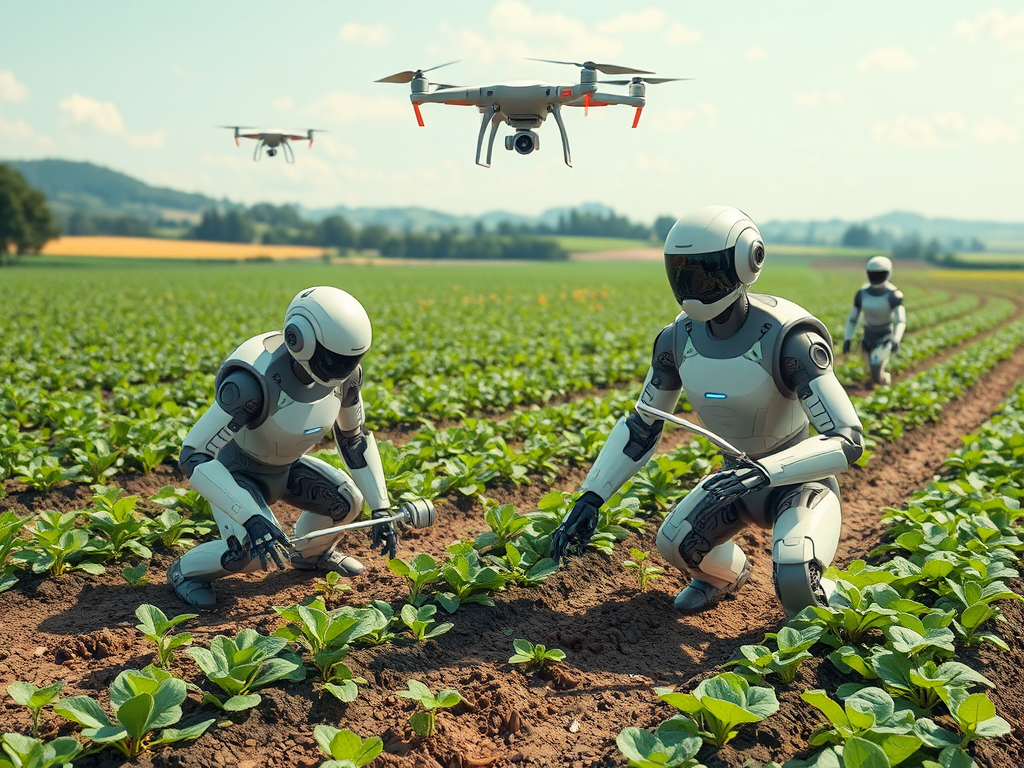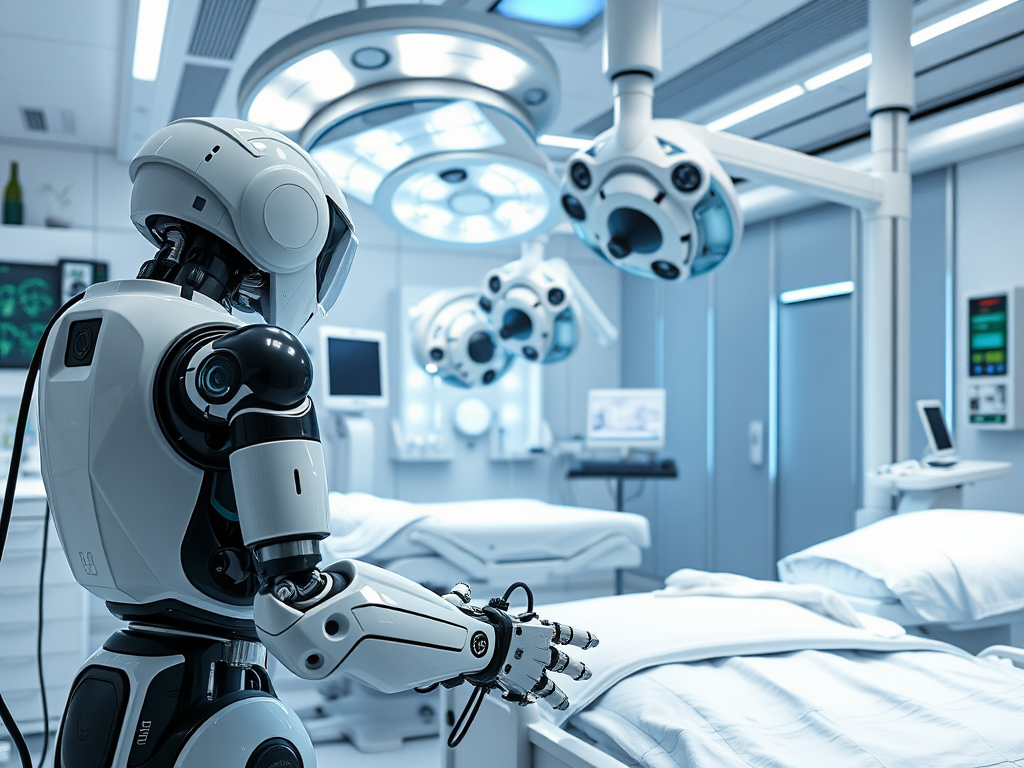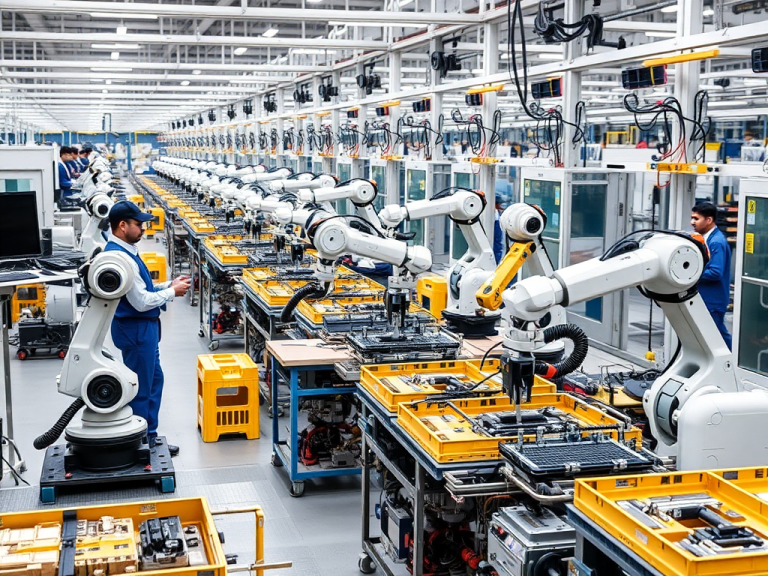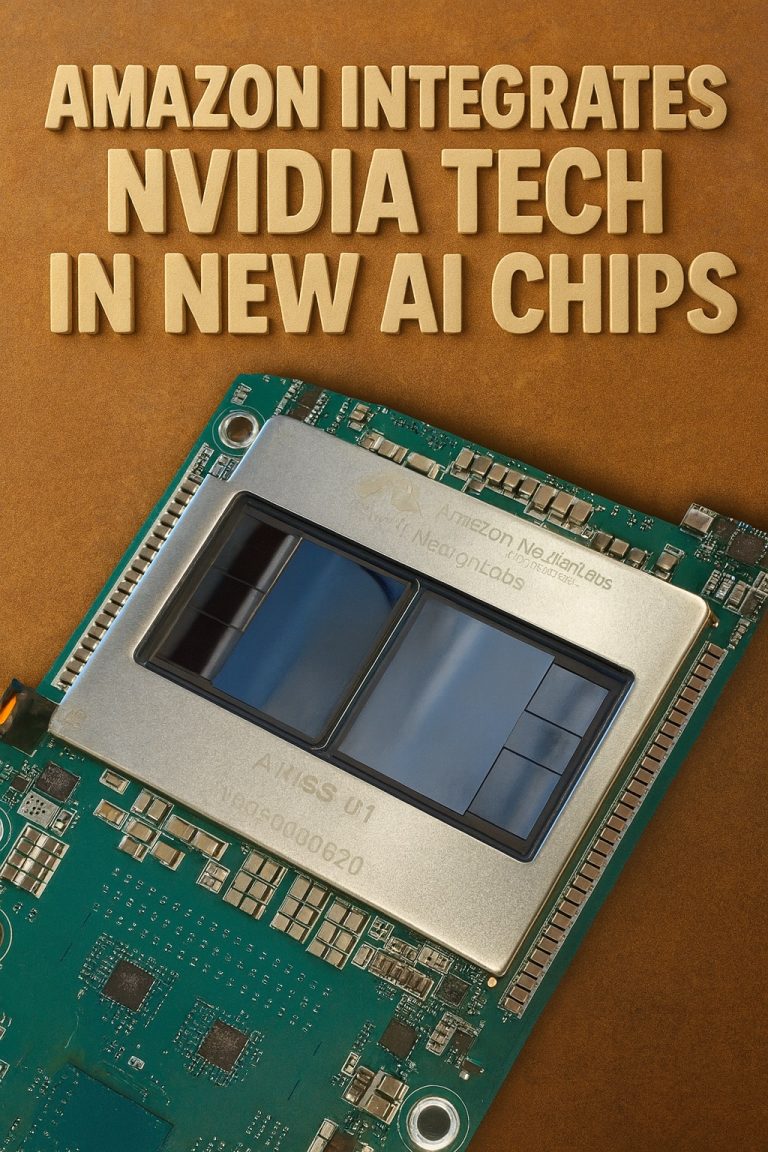
As we look ahead to 2030, robotics is set to change our lives in amazing ways. New technologies and the growing need for automation are driving this change. Here, we explore some important trends and predictions for the future of robotics, along with their potential impact on our daily lives.
1. Smarter and More Independent Robots
In the coming years, robots will become much smarter and more independent. By 2030, many robots will be able to make decisions on their own, thanks to advancements in artificial intelligence (AI) and sensor technologies. This means they’ll be better at understanding their surroundings, navigating complex environments, and learning from their experiences.
For example, in factories, robots will be able to identify problems and fix them without human intervention. In homes, personal assistant robots will understand our needs and preferences, making daily tasks easier. This increased intelligence will allow robots to take on more responsibilities, leading to greater efficiency in various industries.
2. Working Together with Humans
Collaborative robots, often called cobots, are being designed to work alongside humans. Unlike traditional robots that operate in isolation, cobots are built to assist people in their tasks. By 2030, we can expect these robots to be common in workplaces like warehouses, factories, and even offices.
Cobots will help workers with repetitive tasks, such as lifting heavy items or sorting products. This assistance will not only boost productivity but also improve safety by reducing the physical strain on human workers. As a result, employees can focus on more creative and complex tasks, enhancing overall job satisfaction.
3. Robotics in Healthcare
The healthcare field will see significant changes thanks to robotics by 2030. Surgical robots will become more advanced and widely used, helping doctors perform precise operations with minimal invasiveness. This could lead to quicker recovery times for patients and fewer complications during surgeries.
Additionally, robots will assist in patient care. For instance, robotic exoskeletons will help individuals with mobility challenges regain their independence. Telepresence robots will enable remote consultations, allowing doctors to connect with patients from anywhere. This integration of robotics in healthcare will improve patient outcomes and address the growing demand for medical services.

4. Self-Driving Vehicles
Self-driving cars, trucks, and drones are another important trend in robotics. By 2030, these autonomous vehicles will be more common, drastically changing how we think about transportation. Self-driving technology has the potential to reduce traffic accidents caused by human error, making roads safer for everyone.
Moreover, self-driving trucks will revolutionize logistics and delivery services, allowing goods to be transported more efficiently and at lower costs. For individuals who cannot drive, such as the elderly or disabled, self-driving cars will provide greater independence and accessibility. This shift will also influence urban planning, as cities will need to adapt to accommodate autonomous transportation systems.
5. Robots in Farming
The role of robots in agriculture will grow significantly by 2030. With the world’s population increasing, farmers will need to produce more food with fewer resources. Robots will help address this challenge by assisting with tasks such as planting, monitoring crop health, and harvesting.
For example, drones equipped with sensors will be used to survey fields and collect data on crop conditions. Automated machinery will handle planting and harvesting efficiently, reducing labor costs and increasing productivity. By using robots, farmers can also implement more sustainable practices, such as precision farming, which minimizes waste and optimizes resource use.
6. Flexible Robots
Soft robotics focuses on creating robots from soft and flexible materials. By 2030, these robots will be better at interacting safely with humans and handling delicate objects. This flexibility will make them suitable for various applications, from healthcare to food handling.
For instance, soft robots could assist in surgeries by providing gentle support to delicate tissues. In the food industry, they could be used to pick fruits without damaging them. As these technologies develop, soft robots will become more common in settings where safety and precision are crucial.
7. Ethical and Safety Issues
As robots become more integrated into our lives, it is essential to address ethical and safety concerns. By 2030, we will need to discuss issues such as job displacement, privacy, and security. Many workers may fear losing their jobs to automation, so it’s important to find ways to support those affected by these changes.
Establishing guidelines for the responsible use of robotics will be crucial. This includes creating policies that protect workers’ rights and ensure that the benefits of robotics are shared fairly across society. Moreover, as robots handle more personal data, ensuring privacy and security will be vital to maintaining public trust.
Conclusion
The future of robotics by 2030 looks bright and full of possibilities. With smarter, more collaborative robots, we can expect significant changes in various industries and our daily lives. From healthcare to agriculture, robotics has the potential to improve efficiency and enhance our quality of life. As we embrace these advancements, it is crucial to address ethical concerns and ensure that technology serves the best interests of all. By doing so, we can harness the full potential of robotics for a better future.






